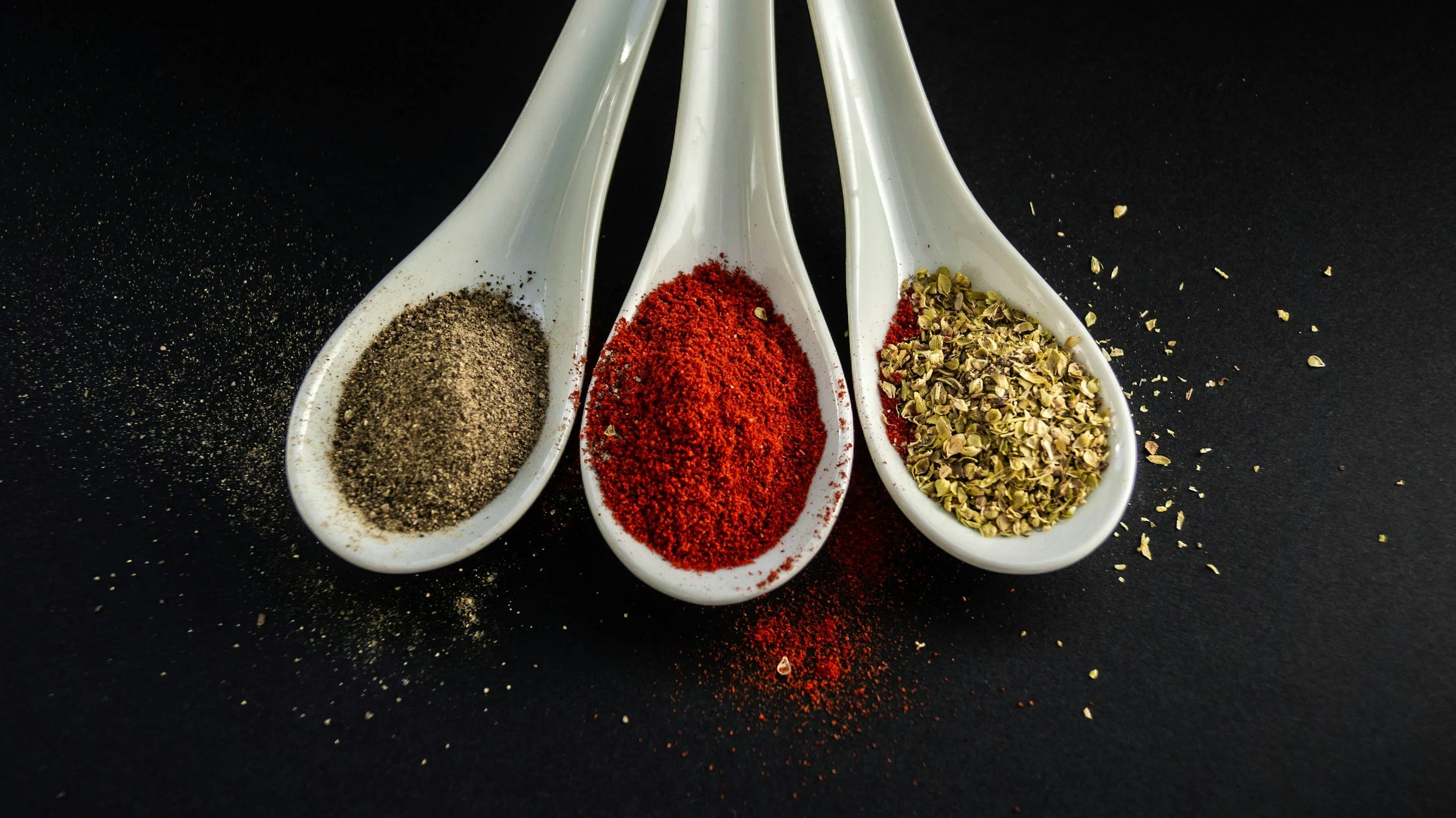Flavor Is Starting to Outperform Function: Why CPG’s Biggest 2026 Trend Is All About Taste
As food and beverage brands head into 2026, one trend is rising above the noise: flavor is beginning to outperform function as the primary driver of consumer choice. Across categories like beverages, snacks, and better-for-you products, shoppers are prioritizing craveable flavors over complex functional claims. This shift is showing up in retail data, innovation pipelines, and consumer behavior; and after a recent LinkedIn post on the topic sparked unusually high engagement, it’s clear this conversation is gaining momentum. In this article, we break down why flavor is becoming a competitive advantage and how CPG brands can leverage this trend for stronger trial, velocity, and repeat purchase.
A recent LinkedIn post about a simple idea — flavor is starting to beat function — unexpectedly took off. Thousands of impressions, strong engagement, and a flood of commentary from founders, operators, R&D leads, and retail buyers all pointing to the same thing:
We’re entering a new era where craveability is overtaking claims as the driver of trial and repeat in food and beverage.
That reaction inspired this deeper dive. Because if one short post can spark that much conversation, it signals a shift worth unpacking.
In this article we’ll break down why flavor is gaining ground, what it means for CPG brands heading into 2026, and how to use this trend strategically — not reactively.
Why “Flavor Over Function” Is Showing Up Everywhere
For years, functional benefits dominated messaging across beverage, snacks, and better-for-you categories. Adaptogens, nootropics, immunity boosters, metabolic support — every product started sounding like a wellness retreat squeezed into a can.
Consumers didn’t reject the benefits; they simply got overwhelmed by them.
Walk through any modern grocery set and you’ll see the same pattern:
Too many claims
Too much jargon
Too little clarity
And most importantly: too many products competing on the same promise.
This is opening the door for a powerful counter-trend: brands that use flavor as the lead driver are winning attention, driving trial, and earning loyalty faster than brands leaning solely on functional cues.
Let’s break down why.
1. Familiar Flavors Lower the Barrier to Trial
A shopper may not know what “adaptogenic stress support” means.
But they know exactly what “strawberry yuzu” tastes like in their mind.
Flavor is a cognitive shortcut. It reduces friction. It gives a clear expectation of the experience. Consumers trust their tongue more than their cortex; flavor provides certainty in a crowded category full of abstract claims.
This is especially powerful for new brands or emerging categories where trust is still being built.
2. Flavor Drives Repeat Purchases (Long Before the Benefits Do)
Most functional benefits — energy, focus, gut health, immunity — take days or weeks to feel.
Flavor hits instantly.
If someone loves how it tastes, they’re coming back before any functional payoff even registers. This is why many of the fastest-growing SKUs in beverage, snacks, and alt-better-for-you right now are anchored in bold, nostalgic, or globally inspired flavors that deliver immediate reward.
Craveability is a retention strategy.
3. Retailers Favor What Moves, and Flavor Moves Fast
Velocity drives shelf space; shelf space determines survival.
Retail buyers don’t want theoretical benefits — they want rotation.
Nothing rotates faster than a flavor consumers can’t stop talking about.
We’re seeing retailers prioritize innovation sets that:
Spark curiosity
Feel fresh
Deliver seasonal or limited-edition excitement
Stand out visually and sensorially
Flavor gives them a reason to say yes; performance gives them a reason to reorder.
4. Functional Fatigue Has Set In
Consumers are not rejecting functionality; they’re just tired of the sameness.
Brands are all pulling from the same short list of ingredients:
ashwagandha
L-theanine
lion’s mane
probiotics
electrolytes
collagen
And making nearly identical claims to nearly identical consumers.
This creates “functional fatigue” — a saturation point where benefits lose their power to differentiate. When everything promises everything, nothing stands out.
Flavor becomes the fastest way to zag when everyone is zigging.
What This Means for CPG Brands in 2026
This shift doesn’t mean functionality is dead. It means the hierarchy has changed.
Function gets you consideration.
Flavor gets you trial.
Both together get you retention.
The brands positioned to win in 2026 will:
Lead with craveability
Support with clear, credible benefits
Simplify messaging
Use flavor as an on-ramp, not an afterthought
Build innovation pipelines that balance sensory excitement and functional value
Recognize that consumers want products that make them feel good emotionally and physically
If you’re currently over-indexing on claims and under-investing in flavor, this is your moment to re-evaluate.
The Bottom Line: Consumers Are Choosing Enjoyment Over Explanation
Consumers aren’t turning away from wellness; they’re turning toward experience.
They want products that taste great first and do something helpful second.
Flavor is no longer the garnish; it’s the growth engine.
And if the reaction on LinkedIn was any indication, this isn’t a small shift. It’s a major rebalancing of how consumers make decisions and how brands should position themselves heading into the next cycle of CPG innovation.

